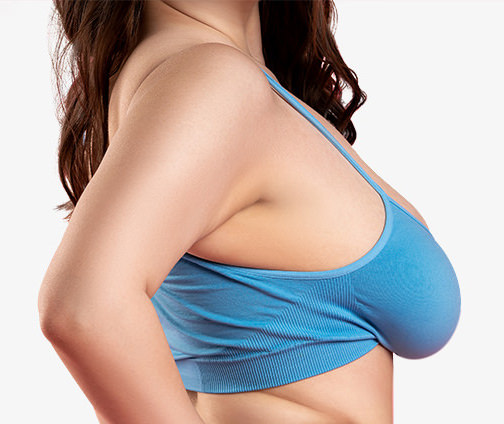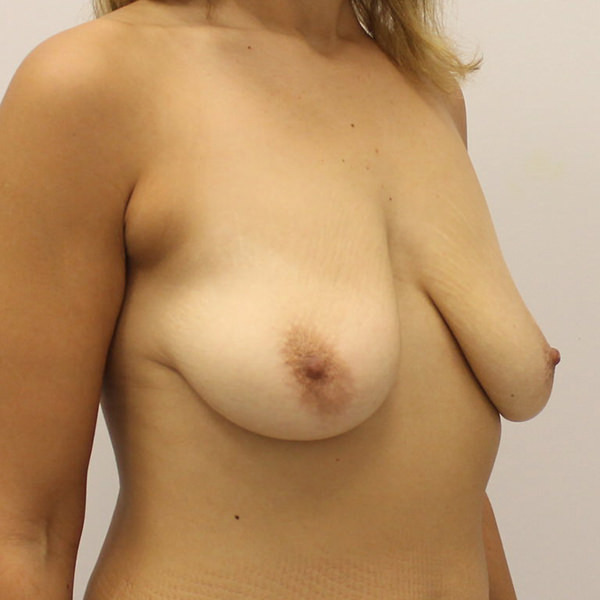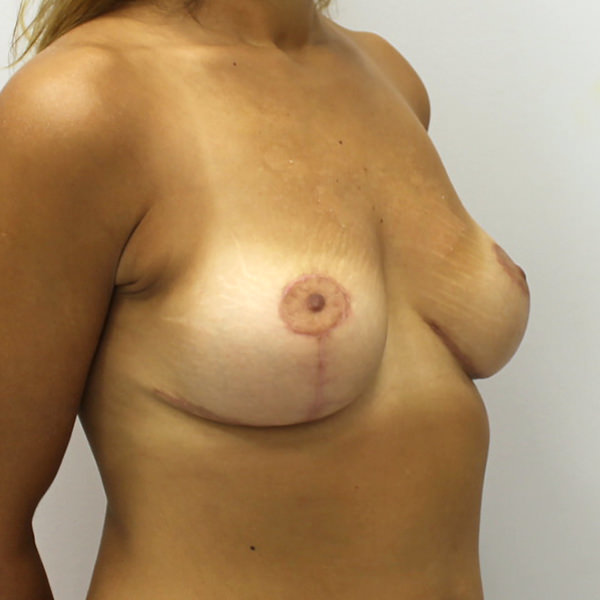Mastopexy (or breast lift) at Phi Plastic Surgery is a surgical procedure to tighten the skin and reposition the breast areola and nipple to their original position. It is performed under general anesthesia.
Breast position and shape is affected by aging, pregnancy, breastfeeding and weight loss. As such, your breasts may gradually descend (also referred to as breast ptosis) with time. A breast lift may be performed to reposition breast tissue and to correct ptosis. The nipple is repositioned on the chest, which can help restore a more youthful appearance of the breast.
This is a purely aesthetic procedure and, therefore, not covered by the RAMQ. This can be combined with other breast procedures, such as breast augmentation via implants or lipofilling.

 PLASTIC
PLASTIC



